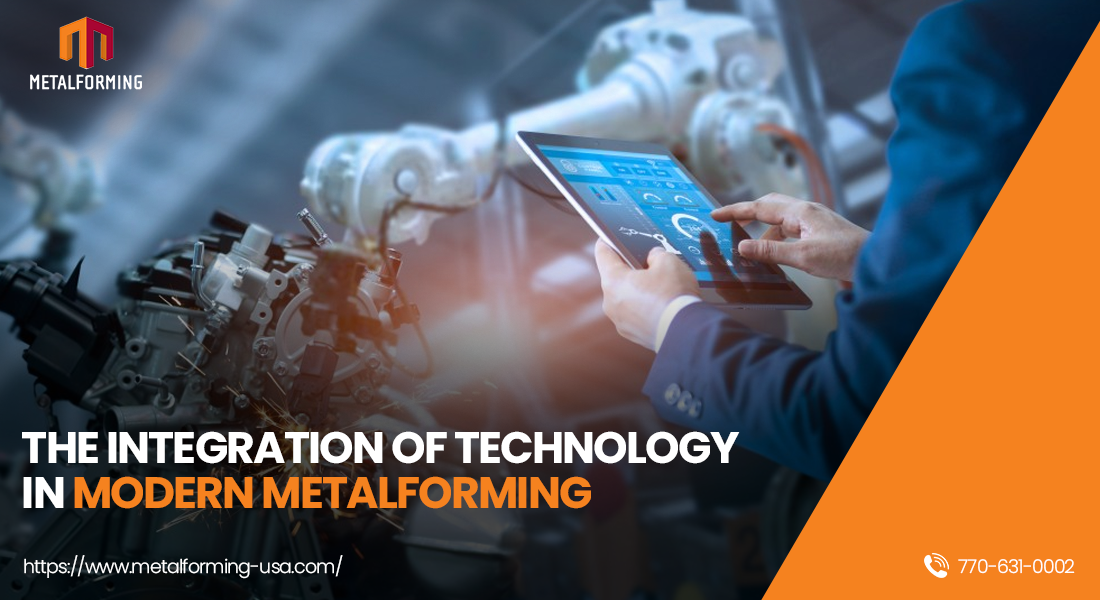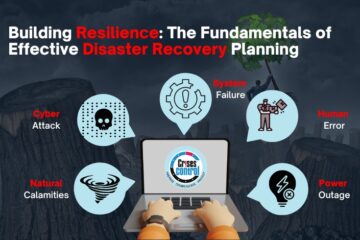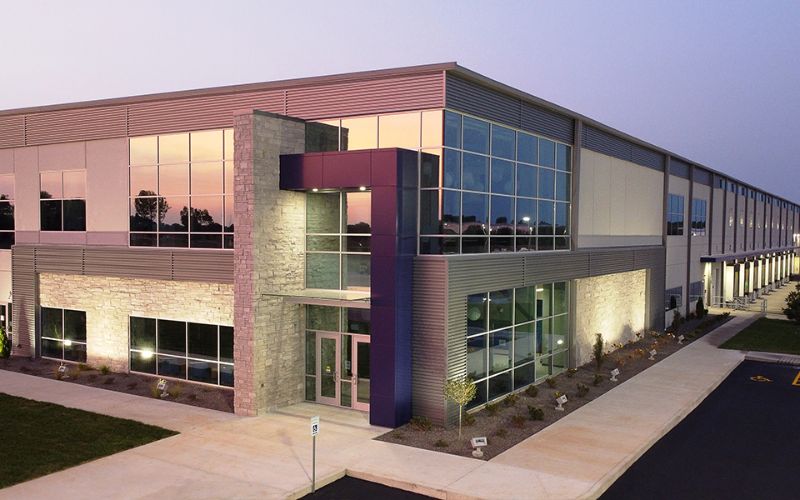In the manufacturing industry, metalforming is a field that has consistently demonstrated the remarkable ability to adapt and evolve. This evolution is predominantly driven by the integration of new technologies and equipment, reshaping the very core of modern metalforming technology.
From the enhancement of quality and productivity to the newfound flexibility in design and production, these technological advancements have revolutionized the industry. This article delves into the transformation of the metalforming sector, exploring how technology integration is reshaping its landscape.
The Dawn of Industrial Metal Forming Technology
Metalforming, rooted in ancient craftsmanship, has been pivotal to human development. Forged in fire and sweat, early artisans shaped metals into utilitarian and decorative items, reflecting society’s evolving needs. The industrial revolution marked a seismic shift, replacing the blacksmith’s hammer with steam-powered hammers and mechanized presses, dramatically scaling production. This evolution from manual to mechanized set the stage for today’s digital transformation, where precision robotics and computerized systems herald a new dawn, melding tradition with technology in metalforming’s continuous journey.
Revolutionizing Quality and Productivity Through Automation
At the forefront of this transformation is automation, a game-changer in metalforming. Automation has enabled manufacturers to increase productivity while maintaining, and often enhancing, the quality of products. Robotics, particularly collaborative robots or cobots, are now integral components of metalforming processes. They handle repetitive tasks, reduce the risk of workplace injuries, and ensure consistent quality, transforming the way metal products are manufactured.
Flexibility and Customization – The Role of 3D Printing
Additive manufacturing, commonly known as 3D printing, has introduced unprecedented levels of customization in metalforming. This technology allows for the creation of complex geometries and shapes that traditional methods could not achieve. 3D printing in metalforming is not just about creating intricate designs; it’s about reimagining the entire production process, offering flexibility that was once thought impossible.
Cutting-Edge Innovations: CNC Machines and IoT
The integration of Computer Numerical Control (CNC) machines has been a significant step forward for the metalforming industry. These machines, now enhanced with automation, have elevated the precision and efficiency of metal cutting and shaping processes. Moreover, the Internet of Things (IoT) has found its way into metalforming, enabling real-time monitoring and control of machinery. This integration leads to predictive maintenance, reducing downtime and prolonging machine life.
Laser Technology in Metalforming – For Higher Percision
Laser technology has brought about a paradigm shift in metalforming. High-precision laser cutting machines have enabled manufacturers to cut complex shapes with unprecedented accuracy. These lasers, characterized by their high speed and efficiency, have reduced production times significantly. Furthermore, laser welding has opened new avenues for joining metal parts, offering cleaner and stronger welds compared to traditional methods.
Digital Twin Technology
The concept of digital twins has emerged as a groundbreaking technology in metalforming. It involves creating a digital replica of a physical metalforming process or machine. This technology enables real-time monitoring and simulation, allowing manufacturers to predict outcomes, optimize processes, and prevent potential issues before they occur. Digital twins are revolutionizing predictive maintenance, process optimization, and product development in metalforming.
Advanced Material Technology
The introduction of advanced materials has been a key factor in the evolution of metalforming. New high-strength alloys and composite materials have led to the production of lighter, stronger, and more durable metal products. These materials have expanded the capabilities of metalforming processes, enabling the creation of components that can withstand extreme conditions while reducing overall weight.
Nanotechnology in Metalforming
Nanotechnology is another frontier being explored in metalforming. By manipulating matter at the molecular or atomic level, manufacturers can create metals with unique properties, such as enhanced strength, improved thermal resistance, or increased electrical conductivity. This technology is paving the way for innovative applications in various industries, including aerospace, automotive, and medical devices.
Sustainable and Green Technologies
Sustainability has become a key focus in metalforming, with the industry increasingly adopting green technologies. Techniques such as eco-friendly lubrication, energy-efficient machinery, and waste reduction methods are being employed. This shift not only helps in reducing the environmental impact but also in complying with regulatory standards and improving public perception of the industry.
CAD/CAM Software
CAD/CAM software has revolutionized the way metal parts are conceptualized, designed, and executed. CAD software allows for intricate 3D modeling, providing a visual blueprint that ensures precision before the first cut is made. CAM systems then interpret these designs into executable machine instructions, bridging the gap between digital blueprints and tangible parts. Together, they synchronize to enhance efficiency, reduce lead times, and enable complex fabrications that align with modern engineering demands. The synergy of CAD/CAM in metalforming represents a leap towards innovation, accuracy, and limitless potential in manufacturing.
Final Thoughts – Embracing the Technological Renaissance
As we delve deeper into the 21st century, the metalforming industry continues to embrace technological advancements, aligning itself with the ever-changing demands of modern manufacturing. These technologies are not just enhancements; they are fundamental to the future of metalforming, ensuring the industry remains innovative, efficient, and capable of meeting the complex challenges ahead. The integration of these technologies in metalforming symbolizes a commitment to progress, quality, and sustainability, securing its place in the future of manufacturing.
Embark on a journey to reshape the metalscape with the Technology in Metalforming. Seize the power to transform raw metal into engineered marvels. Unleash productivity, magnify quality, and redefine the bounds of creativity.



